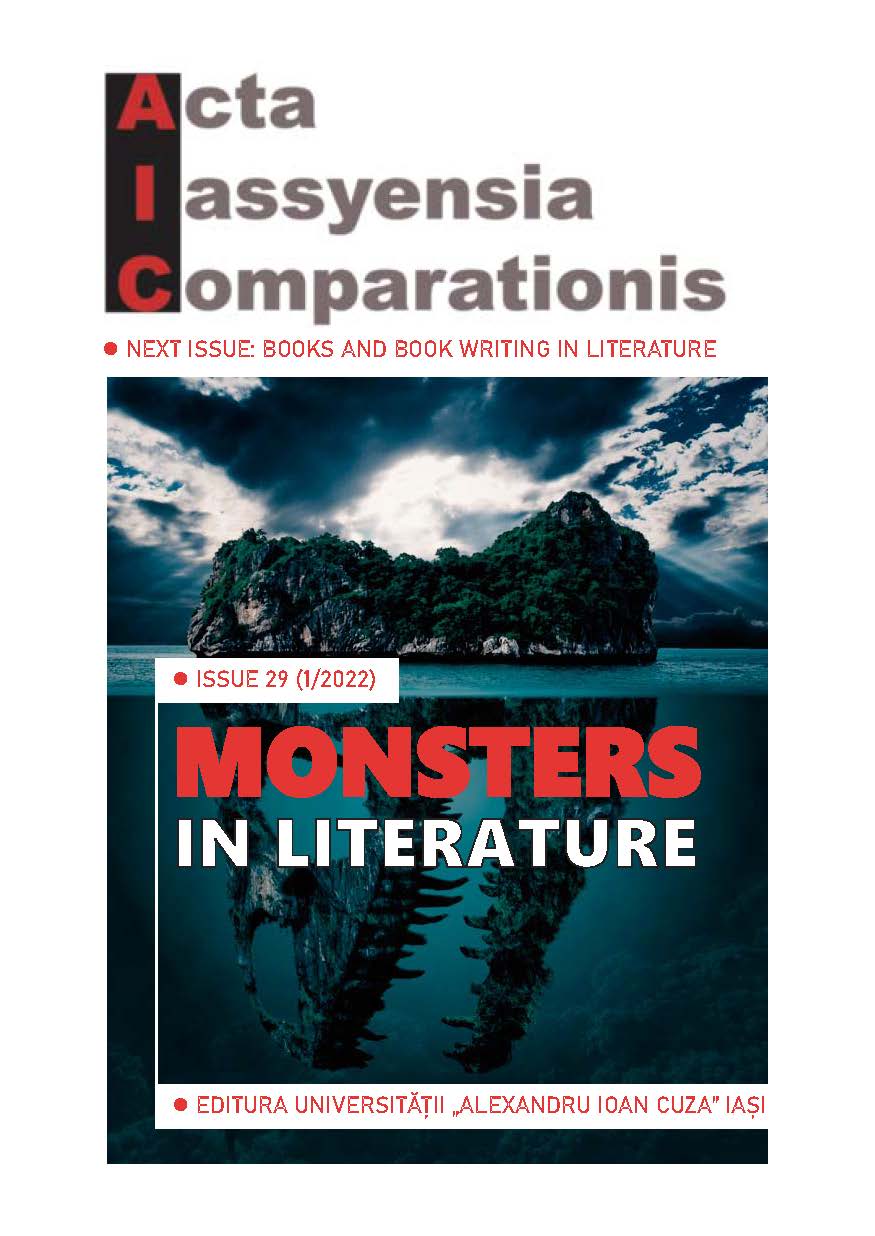Le monstre dans Thérèse Raquin d’Emile Zola : Représentations et esthétique
The Monster in Emile Zola’s Thérèse Raquin:
Representations and Aesthetics
Author(s): Elyssa RebaïSubject(s): Studies of Literature, French Literature
Published by: Editura Universităţii »Alexandru Ioan Cuza« din Iaşi
Keywords: Thérèse Raquin; Émile Zola; monster; space; body; character; aesthetics;
Summary/Abstract: Thérèse Raquin, a novel of youth which constituted a decisive turning point in the romantic career of Émile Zola, surprises its reader by the omnipresence of the question of monstrosity and the polysemic use of the word “monster”, thereby revealing Zola’s will to exploit all the richness of the vocabulary and his refusal to confine the term to a fixed and restricted definition. The author uses the word “monster” in a multitude of senses, referring to architectural ugliness, bodily infirmity, behavioral deceit, in order to highlight the transgression of moral and social law. The novel is also striking by its dialectic of the ugly and the beautiful. Our article is therefore aiming to study the monster varieties related to space, bodies and characters in Thérèse Raquin, with some attention provided to the aesthetics of the monstrous.
Journal: Acta Iassyensia Comparationis
- Issue Year: 1/2022
- Issue No: 29
- Page Range: 85-93
- Page Count: 9
- Language: French

